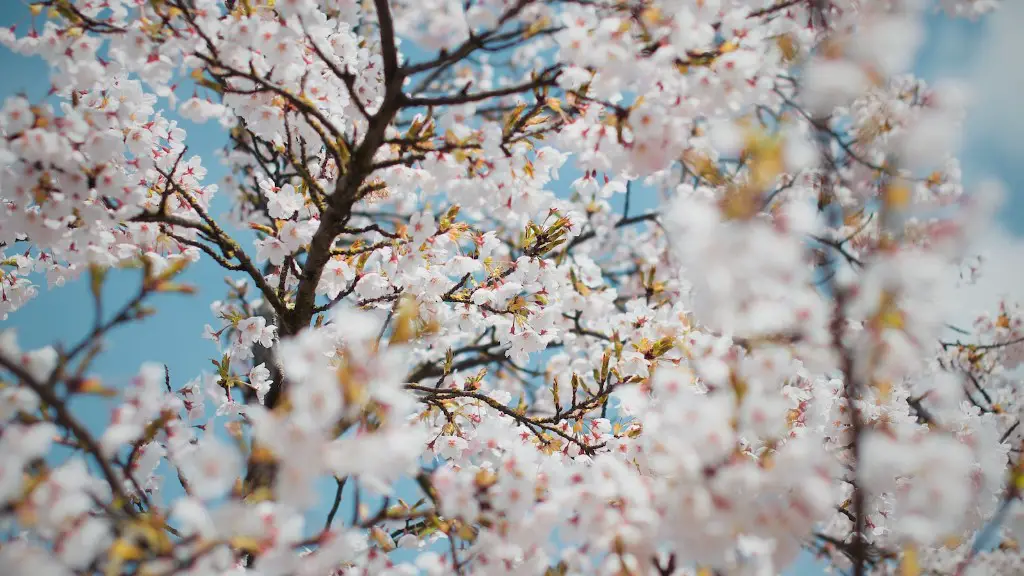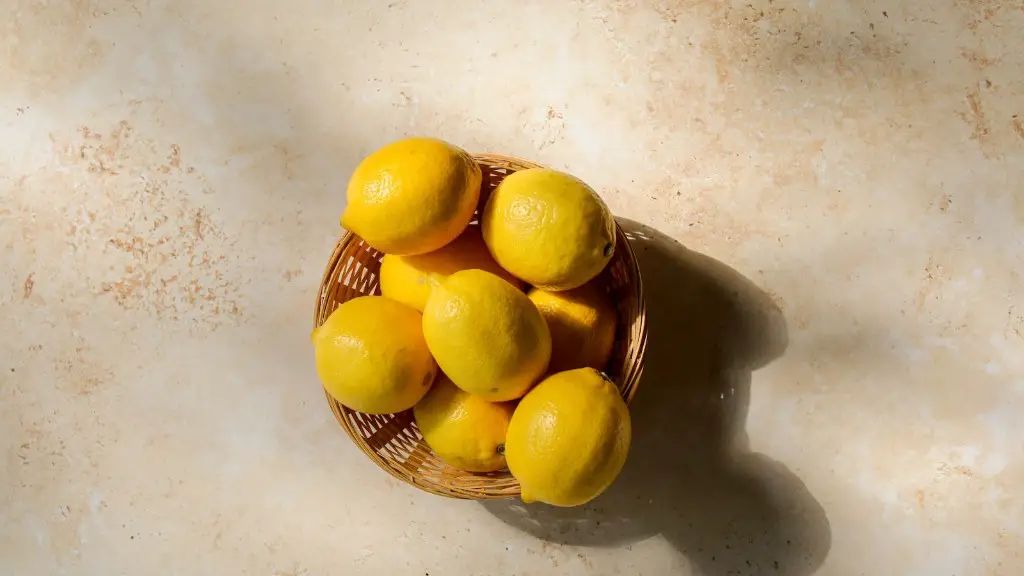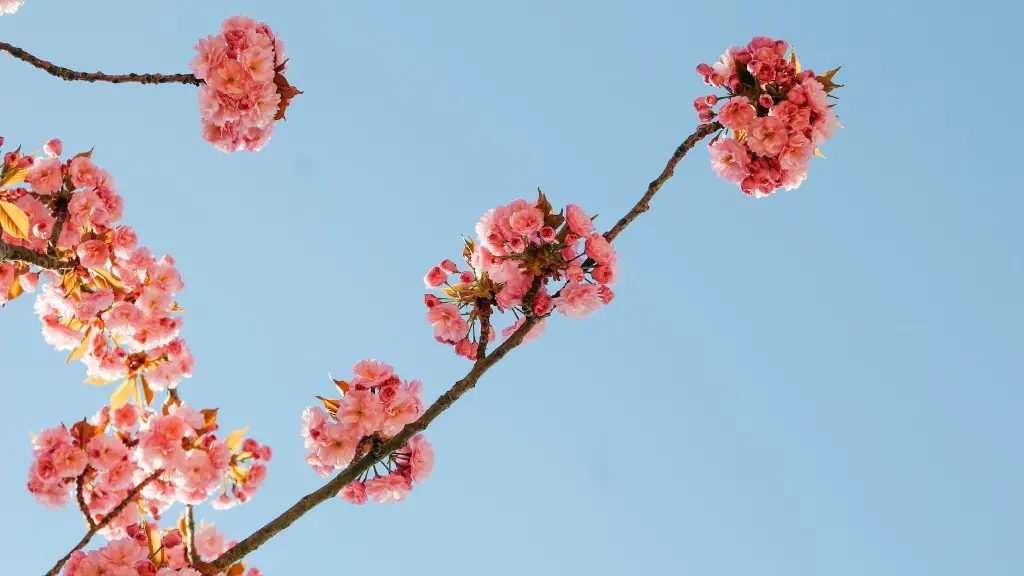Cherry Blossom Trees are a symbol of beauty and nature, but they can be fragile and vulnerable. A sudden decline in the health of your Cherry Blossom Tree can often leave you feeling uncertain and helpless. While there are many potential reasons for a dying tree, some of the most common causes are dehydration, pests, fungi and improper care. There are simple steps you can take to save your tree and possibly prevent problems in the future.
Dehydration is the leading cause of a dying tree. If a tree hasn’t been given enough water for a prolonged period of time, it is more susceptible to developing diseases and falling into decline. To check if your tree is dehydrated, look for signs of wilting in its leaves as well as discoloration or yellowing. If this is the case, it is important to water the tree as quickly as you can.
Pests can also rapidly cause a decline in your tree’s health. If a tree is affected by pests, the leaves may have bites or the trunk may have symptoms such as deadwood, sawdust and sap. To address pests, you can purchase various sprays and insecticides which are available at your local home and garden store. It is also possible to remove small numbers of pests with some manual labor.
Fungi are another common cause of a dying tree. If a tree’s leaves have spots or if it develops a white powder, it is more than likely a fungal buildup. As fungi loves dampness, it’s important to make sure your tree isn’t exposed to an excessive amount of water. To treat fungi, an environmental friendly antifungal solution can easily be purchased and applied to your tree.
Lastly, improper care can make it difficult for any tree to thrive. If you are unsure of how to care for your tree properly, make sure to research in advance. Proper watering regimes, exposure to light, adequate moisture and enriched soils are some general guidelines that can greatly improve a tree’s health.
Soil Management
Your tree’s soil is its foundation and therefore should be managed correctly. Making sure the soil is well drained is essential for your tree’s health, as any excessive water can create fungus and pests.
Accumulated salts from fertilizers can also cause issues for your tree. Therefore, using organic mulch and aerating the roots with pruning can help get rid of any salt buildup in the soil.
In addition, soil management requires attention to the soil’s pH balance. If the balance is too acidic or basic, your tree will be unable to absorb enough nutrients from the soil.
Pruning
Pruning is one of the simplest and most effective ways to maintain the health of your tree. Pruning helps to eliminate deadwood, reduce harmful pests and thin branches as necessary.
Pruning should be done carefully to avoid excessive cutting which can damage the tree. When pruning branches, use a saw which is particular designed for trees. Make sure to avoid pruning the tree during the cold seasons as this will slow down its recovery.
Pest control is important as well. As previously mentioned, pests can rapidly damage your tree and should be addressed quickly. Thus, using insecticides and natural chemicals such as diatomaceous earth can help protect your tree from any pests.
Weather
Weather is a crucial factor when it comes to the health of your tree. Excessive heat or cold can greatly damage the tree, along with heavy winds or rainfall.
Protecting your tree from severe weather conditions can help ensure the tree’s survival. Even insulating your tree against the cold can drastically help improve a tree’s health, as harsh temperatures can be damaging to its roots.
Leaf Care
For cherry trees, damaged leaves are the first warning sign of a decline in health. Thus, it’s important to inspect your tree’s leaves on a regular basis.
To promote healthy leaves and branches, try spraying your tree with a mixture of water and diluted nutrient-rich liquids such as fish emulsion or tea. Additionally, making sure your tree receives enough sunlight so its leaves can photosynthesize can also help ensure better leaf health.
Nutrients and Fertilizers
Since Cherry Blossom Trees require large amounts of nutrients, it’s important to feed them the right type and amount of fertilizer. Different types of fertilizers such as mineral, organic and homemade will work to provide additional nutrients to your tree and can greatly improve its health.
Ensure that fertilizers are applied correctly and are not too concentrated; this will help prevent creating any additional damage to the tree’s roots.
Analyzing the soil will give you a better understanding of what type of nutrients are present and what kind of fertilizers should be used. With the correct understanding of the soil, you should be able to identify which nutrient deficiencies exist in order to apply the best type of fertilizer.




